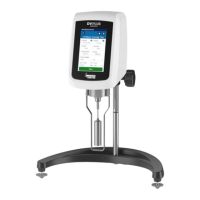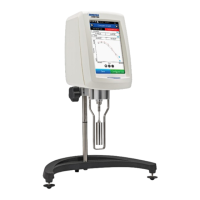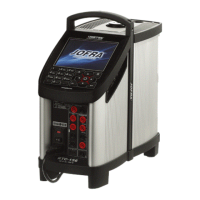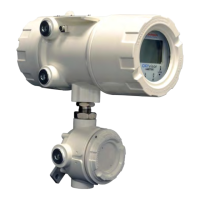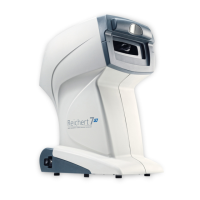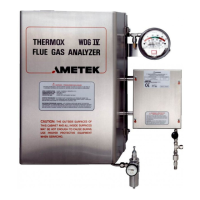AMETEK Brookeld Page 39 Manual No. M08-372-F1116
V. APPLICATIONS
Thisapplicationssectionshouldbeusedasaguidetothedevelopmentoftechniquesspecicto
your own application and requirements. These notes are empirical in nature. Deviation from the
describedtestcongurations(parametersettings,samplesize,shape,formulation,etc.)willresult
in deviations from the observations discussed in each application.
V.1 Comparison of Low Fat and Virtually Fat Free Yogurt Consistencies
PRODUCT: Low-fat(1%)andvirtuallyfat-free(0.05%)naturalyogurt
OBJECTIVE: Comparison of textural properties in order to identify differences between
protein networks formed as an indication of product creaminess.
BACKGROUND: The textural properties of yogurts are critical in determining consumer
preferencewherevariationinfatcontentofformulationhasadirectinuence
on the sensory characteristics of the product. The elevated Solids Not Fat (SNF)
content of low-fat yogurts forms strong casein-casein bonds uncharacteristic
in a full-fat yogurt, where homogenized fat globules are partly covered
with casein, facilitating protein-protein interactions. Fat becomes trapped
within this protein network where it imparts a smooth creamy mouthfeel and
spoonable glossy consistency characteristic of full-fat yogurts.
Back Extrusion is an ideal method for the assessment of yogurts and other
gelled, semi-solid foods. This compression extrusion test consists of applying
aforceto theproductuntilitows throughthespacebetweentheprobe
perimeter and the container. A wide range of complex forces are generated.
However, the test gives good measures of peak force and area of work during
compression indicative of the strength of the gel and product consistency.
These forces may also be recorded in reverse on the negative portion of the
force-time curve where they are indicative of sample viscosity.
CT3 SETTINGS: MODE: Normal
TRIGGER: seetableII.2
DISTANCE: 30mm,orappropriateforyourcontainer
SPEED: 1mm/s
PROBE REF: TA4 38.1mm Ø Perspex Cylinder, or larger if your container allows.
METHOD: Samples were removed from refrigerated conditions of 5°C and centrally
positioned beneath the probe within the container in which they were packed.
Tests were conducted at ambient conditions of 18.2°C while the test temperature
of the low-fat yogurt was 8.7°C and the virtually fat- free was 7.9°C. It was
essentialthatasufcientdistance(circa20mm)wasleftbetweenthesample
surface and the base of the probe. This was left to ensure that a complete
break between probe/sample interface was made during probe retraction so
that adhesiveness characteristics could be evaluated.
NOTE:Samplesweretestedwithoriginalcontainersassupplied.Useofdifferentdimensionholding
vessels will change results obtained, therefore, operators must be consistent with the test setup used.
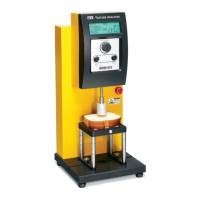
